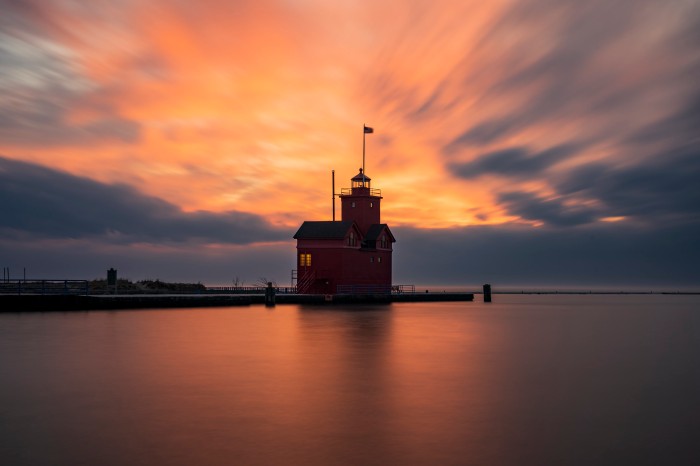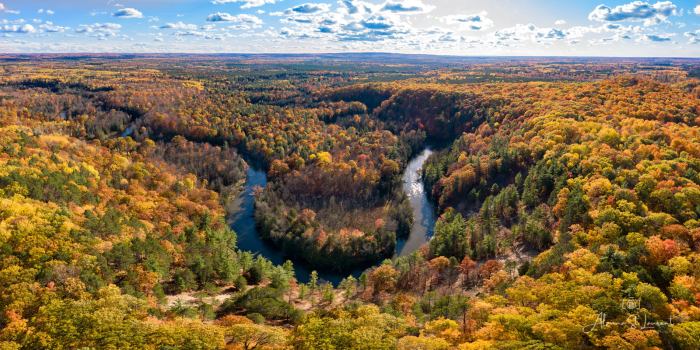
Sleeping Bear Dunes 1940 by Fredrick W Dickinson
“What has been lost may yet live in memories.”
-Christopher Paolini
This morning a reader commented on John McCormick’s photo of the Au Sable Point Lighthouse that I shared last week, saying “This was an incredible shot, and I think of it whenever I go out to the lighthouse. I doubt that shot can be duplicated now; there are lights all along the foundation of the building, and the beacon is no longer operating.” That got me remembering other Michigan scenes that are lost to us except in photographs & one that was right in my backyard!
While the that “the Bear” was also an actual formation atop a dune about a mile north of the Pierce Stocking Overlook. The Sleeping Bear Dunes National Lakeshore says that the formation pictured above known as “the Bear”…
…hardly looks like a bear now, for it has been changing rapidly in recent years. At the turn of the century, it was a round knob completely covered with trees and shrubs. You can still see some of the thick vegetation that gave it a dark shaggy appearance.
…For a long time, the sleeping Bear Dune stood at about 234 feet high with a dense plant cover. However, trough most of the twentieth century, erosion has prevailed. By 1961, the dune was only 132 feet high, and by 1980, it was down to 103 feet. The process is a continuing one. The major cause of the dune’s erosion was wave action wearing away the base of the plateau on which the dune rests. As the west side of the dune loses its support, it cascades down the hill. The wind, too, is a major agent of erosion, removing sand and destroying the dune’s plant cover.
The photo above was taken by Leelanau photographer Fred Dickinson. On Michigan in Pictures there’s a photo of Fishtown in 1940 that explains Dickinson’s hand coloration technique and another shot by Fred of some folks taking a break from a Sleeping Bear Dune ride.
Definitely check out the Dickinson Photo Gallery to view & purchase great photography of the dunes & other Leelanau locations. The gallery is still run by his daughter Grace who also colorizes photos.
You can see a couple more photos of the Bear from MSU & click over to Leelanau.com for the Legend of the Sleeping Bear

Share Michigan in Pictures:











